
This is a crossbow that I made about one year ago. If you have seen it on a different website, sorry to repeat it here. Since I found this website, I wanted to share it here with other crossbow builders.
This is my third crossbow. I am a furniture maker by trade, so my crossbows are made almost completely from wood, fiber, and glue. There are a few metal parts like screws, pins, and springs.
I made this crossbow's bow first. It is all hickory, and features a stacked lamination design. There are three separate "layers" each one longer than the previous one, like leaf springs under a car. The three parts are not glued into a single bow, but can slide past each other a tiny bit as the bow bends.
Just for fun I made the longest bow from two strips of hickory and joined them at the tip with a another piece which had the notch for the bow string. This gives a striking look of a "split limb" like on a modern compound bow.
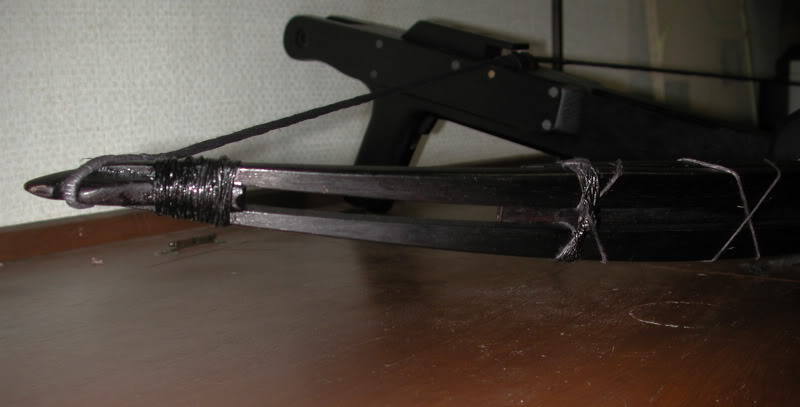
Finally, I designed the bow to have a hole cut through the center of it to eliminate the string drag which seems to steal much power from the traditional crossbow design. So the string passes from one tip of the bow to the other in a straight line, just a hair over the top edge of the crossbow stock.
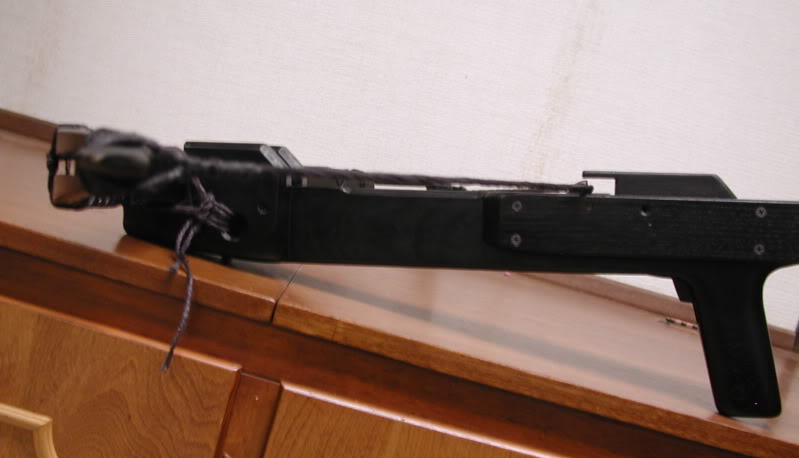
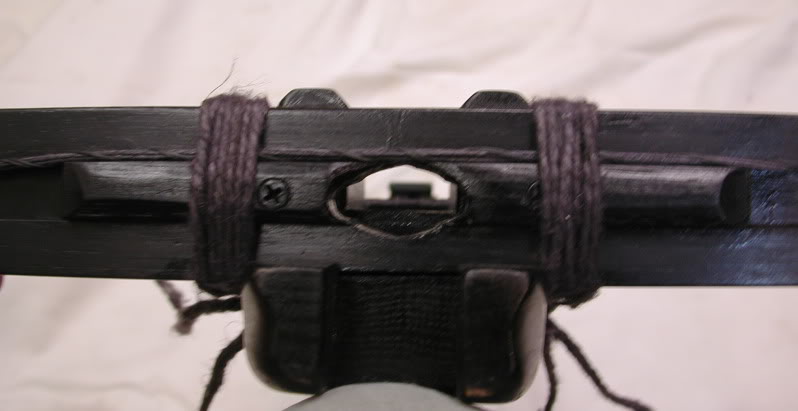

The crossbow stock is made of quarter-sawn white oak. There are two brackets in front which are quarter sawn beech that support the bow. The side plates are hickory. Everything is finished with my homemade black shellac.

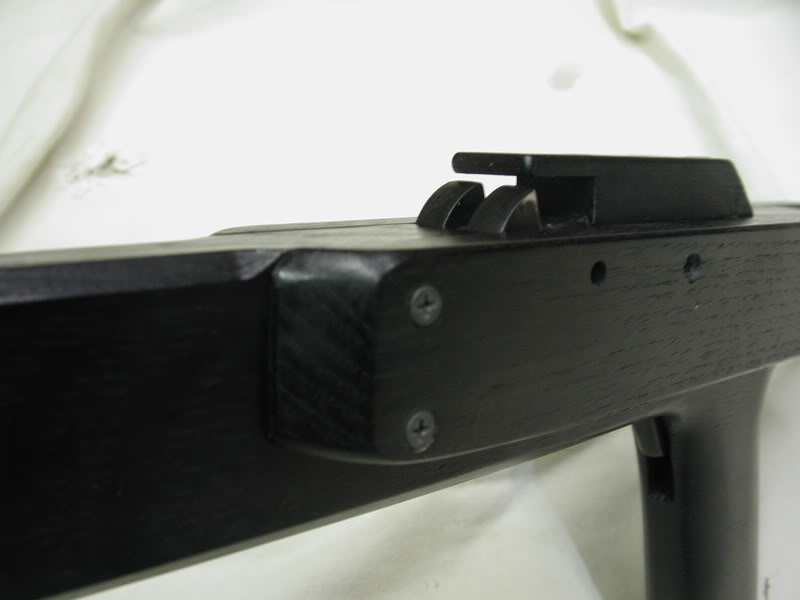
The roller nut is made from dogwood. In my opinion, this is the best wood that is available to me locally for this purpose. I harvest, dry, and saw this myself. The trees are at best 6 inches in diameter, but this is plenty to yield a 1 1/4" thick board.
I use a 1/4" brass pin on which the roller nut spins. This is a deviation from tradition. For me it was just more simple to make. This design works fine for me, and on this crossbow and my first crossbow which is much stronger, there has been no problems after nearly two years of use.

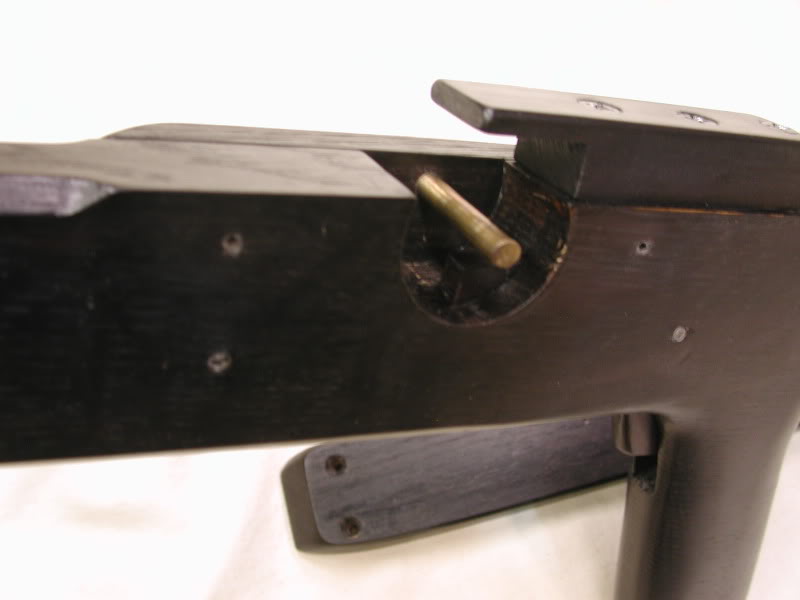
This is the trigger. It is quarter-sawn hard maple. It pivots on a 3/16" steel pin. A small barrel spring is used to provide positive pressure on the trigger, making it lock in place automatically. My design could be better here, as the length of this lever is so short that it takes a strong finger to fire the bolt.




